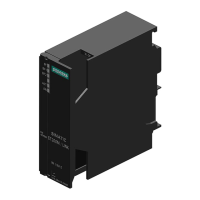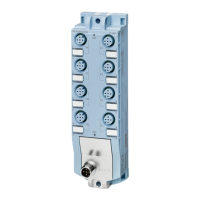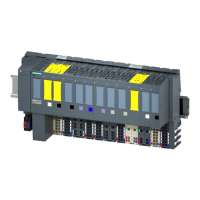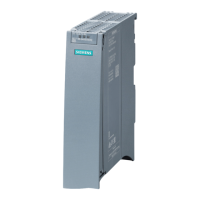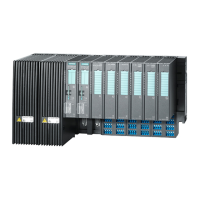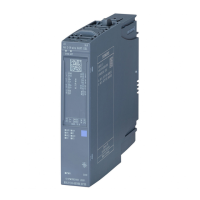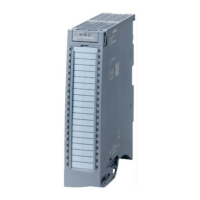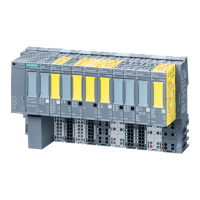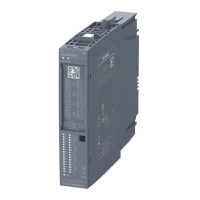General technical specifications
6.2 Electromagnetic compatibility
ET 200pro distributed I/O EtherNet/IP interface module
Manual, 03/2016, A5E32861915-AB
69
Electromagnetic compatibility
Definition
Electromagnetic compatibility refers to the capability of electrical equipment of reliably
performing its dedicated function in an electromagnetic environment, without causing
interference in the same environment.
The ET 200pro distributed I/O system meets all requirements of EMC legislation for the
European market. This requires that the ET 200pro distributed I/O system complies with the
requirements and guidelines for electrical installation.
Pulse-shaped interference
The following table shows the electromagnetic compatibility of the ET 200pro distributed I/O
system relative to pulse-shaped interference.
Pulse-shaped interference
Corresponds to degree
of severity
Electrostatic discharge
according to IEC 61000-4-2.
8 kV
3 (air discharge)
Burst pulses (high-speed transi-
ent interference) according to
2 kV (supply line)
2 kV (signal line)
3
3
High-energy single pulse (surge) according to IEC 61000-4-5
Only with lightning protection elements
3
• Asymmetric coupling
2 kV (supply line)
• Symmetric coupling
1 kV (supply line)
The table below shows the electromagnetic compatibility of the ET 200pro distributed I/O
device with respect to sinusoidal interference.
HF interference according to IEC 61000-4-3
Electromagnetic HF field
HF coupling according to
IEC 61000-4-6
80 to 1000 MHz; 1.4 to 2 GHz
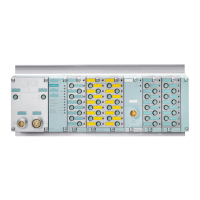
